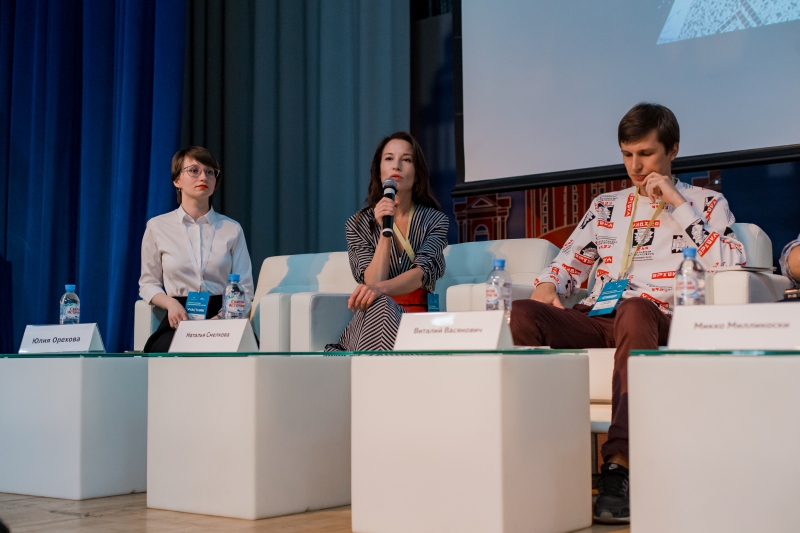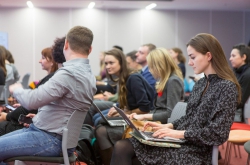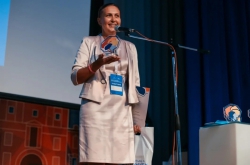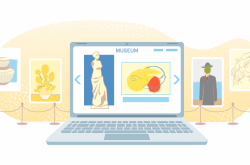Why is science communication important?
At the discussion “The Role of Science Communication in Commercialization of Research and Technologies Transfer” held in collaboration with the Rusnano Foundation for Infrastructural Educational Programs, experts talked about why it’s worth allocating resources to PR and building your own educational environment. According to Denis Kuzmin, CEO of the Viridias company specializing in the reproduction of marine bioresources, the main goal of science communication and PR is to attract the best young employees.
“What is it that we’re all competing for? I mean the state, universities, research groups and technological companies. In my opinion, it’s not money or time. It’s people and talent. It so happens that we’re getting older, while talents are getting younger. Here I’m talking about Generation Z and Y. If we want the best of the best to join us in the future, we have to attract younger people to our projects already now and to achieve communication that speaks to their hearts. I think that the only way for a university to be competitive in this field is to have a good website. In the modern world, only those companies will prosper whose heads are public figures. In these companies, people publish the results of their work and talk about their achievements. Some three years ago, I advised a student to try to work with one researcher. The first thing this student asked me was: it is possible to google this researcher? Is there something to read about their research? Where could one watch their lectures? So it’s crystal clear that people won’t learn about your company unless you tell them,” shares Denis Kuzmin.
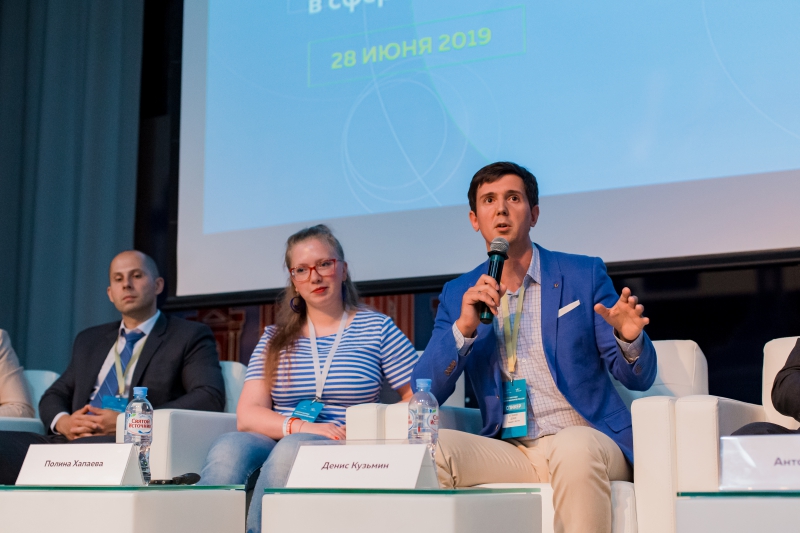
This position is supported by Polina Khapaeva, Head for Development of SCAMT Laboratory’s ChemBio Cluster. She notes that back in 2014, only a few believed that ITMO University, which is famous for its contribution to the fields of optics, IT and robotics, would be able to train highly-qualified specialists in chemistry as well. To promote the laboratory’s activities and propel it to the next level, its founders relied on science communication. They used all the possible channels to give their publications more visibility. SCAMT’s science communicators created an information space around ITMO as a university with expertise in biotechnology. All in all, science communication played a very significant role in the promotion of the Cluster.
As noted by Anton Gopka, Dean of ITMO’s Faculty of Technological Management and Innovations, the creation of a common information space is one of the main tasks of science communication. The Faculty of Technological Management and Innovations trains leaders of corporate companies, entrepreneurs, investors, regulators, and researchers. Anton Gopka says that the main problem that may arise in this kind of environment has to do with these specialists speaking different languages, reading different books and having different mindsets, and it may be hard for them to see eye to eye. Without a common information space, it’s almost impossible to make all these people work together efficiently.
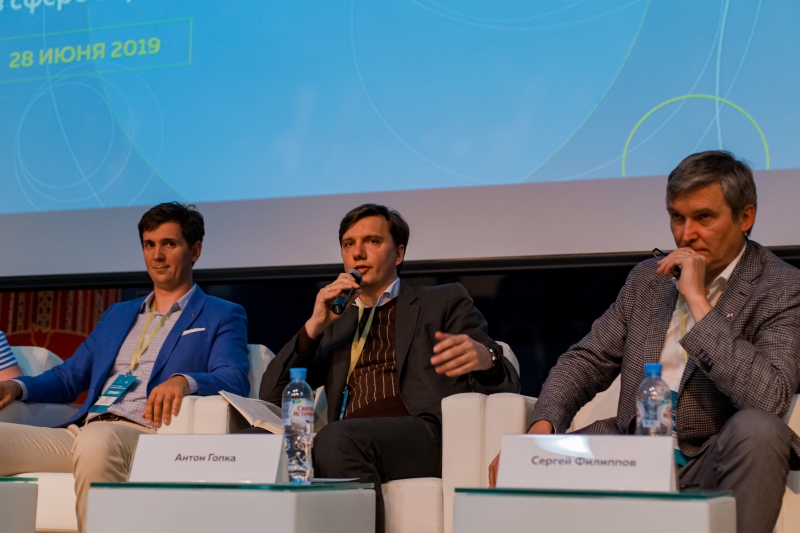
The market was represented at the Forum by specialists from the pharmaceutical companies Insilico Medicine and Merck Life Science. Established some 350 years ago, Merck Life Science has gone a long way from a small apothecary to a big biotechnological pharmaceutical corporation with several billion dollars turnover. At the moment, the company actively invests in science communication on various levels. As part of the Spark project, the company’s staff organize chemical shows at schools in their attempt to make science more attractive and interesting to kids. Among their most popular initiatives for students is the Curious Labs project, whose participants can touch modern technologies with their hands and learn about how medications are produced. There are also programs for startups.
“We understand that new and innovative ideas don’t just appear out of thin air,” says Pavel Savkin, Deputy Director for Marketing Merck Life Science. “What needs to be done to help scientists turn them into successful businesses? It’s to answer this question that we established our Innovation Center with all the necessary infrastructure, business environment and expertise to help researchers commercialize their ideas and bring them to the market. All you have to do to is to get in touch with us. Then we’ll outline the specifics of our collaboration depending on your needs and plans and offer you a particular development concept. With us, you can also get coaching and acquire business communication and presentation skills.”
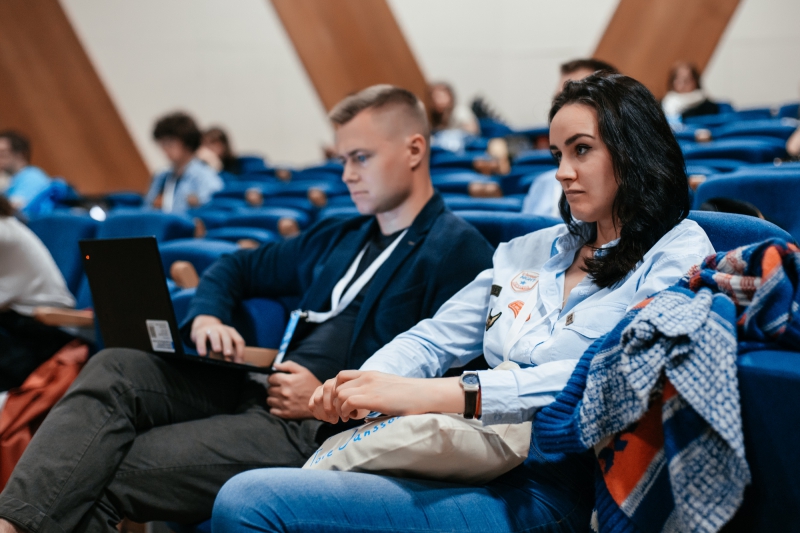
Building communication in science
Another panel discussion, “Direct Work With the Audience: From Communication to Involvement”, focused on the role of science and technology museums, festivals and citizen science in forming the agenda for science communication. Participating in the discussion were invited guests from a whole range of structures and countries, including Mikko Myllykoski, Deputy Director of the science museum Heureka (Finland), who expanded on the approaches they at their museum use when working with the audience. According to research, most people tend to learn more effectively in an informal environment. That’s where science museums, research centers and other interesting and interactive formats come into play.
“Some 300 years ago, there were only about 400 research centers in the world. Now it’s over 3,000. We see our mission in creating an environment for inspiration. To achieve this goal, we establish world-class exhibitions where we can share experiences with our visitors. Our strengths include gamification, immersion, sharing experience, and humor. We don’t have to write comprehensive student books to get our audience interested. A science museum can do this for us. Dialog is a very important aspect of our work. We are convinced that our visitors should have a right to express their opinion as well,” explains Mikko Myllykoski.
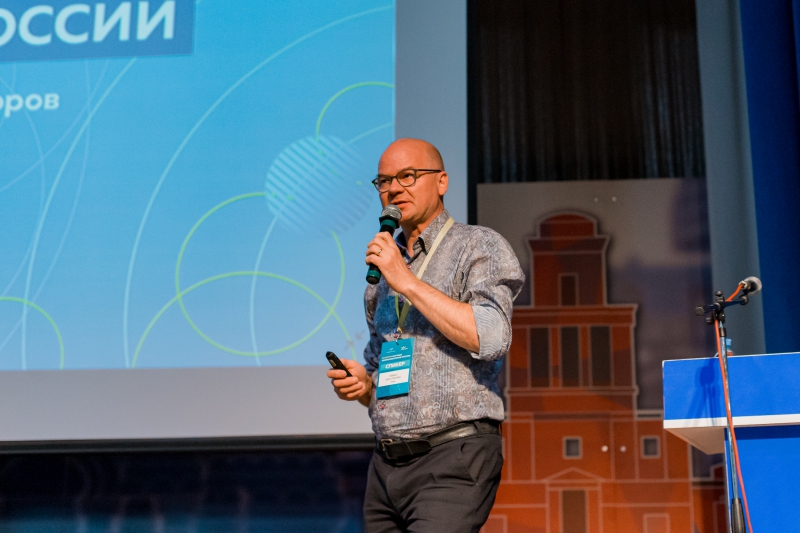
To all interested in museum studies, the Finnish expert recommends to check out two books: The Art of Relevance by Nina Simon, and Identity and the Museum Visitor by John H. Falk. According to John H. Falk, there are at least five types of museum visitors: explorers (researchers), facilitators (those who bring others), experience seekers (not necessarily interested in science and are looking for new experiences), hobbyists (experts), and rechargers (willing to wind down).
When hosting an exhibition, says Mikko Myllykoski, it’s important to remember the rule of four Cs: Choice, Control, Comfort, and Challenge. People should be given options to choose from in order to be able to control their experience. They also have to feel safe, so the exhibition space should be comfortable. At the same time, there should be some challenge, otherwise, people just won’t bother to visit.
Vitaly Vasyanovich, a staff of the Okhta Lab Library, shared about the importance of working with the audience and announced the opening of a new branch office of the library for researchers, including Bachelor’s, Master’s and PhD students. What makes this new library different from others is its collection of specialized scientific literature, such as journals like New Science.
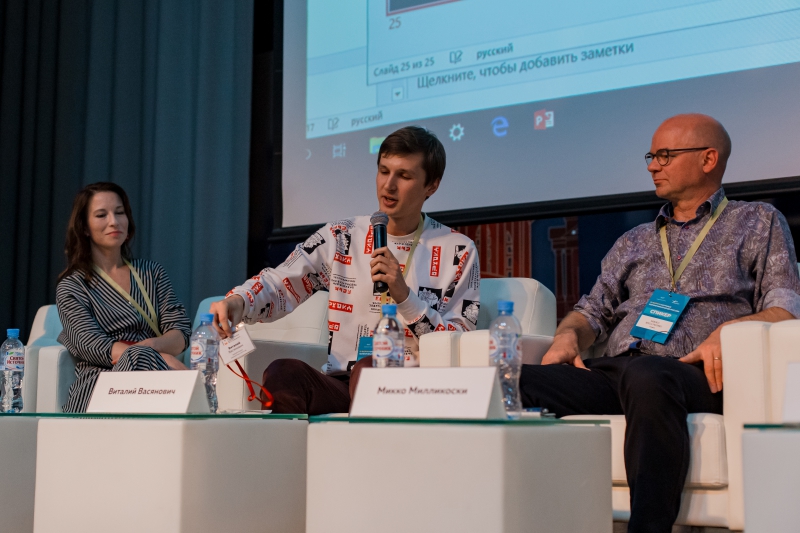
Natalia Smelkova, director of the Center for Talent Development Project Support at the Russian Venture Company, talked about working with another kind of young audience. According to the expert, the Russian Venture Company has long understood that innovations in science are impossible without building bridges between science and other audiences that may be seen as being outside of its traditional remit: both the wider public and business. You can put great effort into working with startups, but their quality level will remain low if the environment they are generated in is not conducive to their development. That is why it was soon understood that it was important to work with this environment, young people of 12 to 15 years old. The main task of the Russian venture company in this direction was to create a community of technology enthusiasts or makers.
“After conducting a lot of research, we realized that what we lacked was science communication. There are many technological hobby clubs for kids, but only a few have heard of them. They’ve certainly heard about robotics and the like, as it’s a very commercially successful field, but they know nothing of bioinformatics. That’s why our first priority now is to promote technical creativity among both children and their parents,” explains Natalia Smelkova.
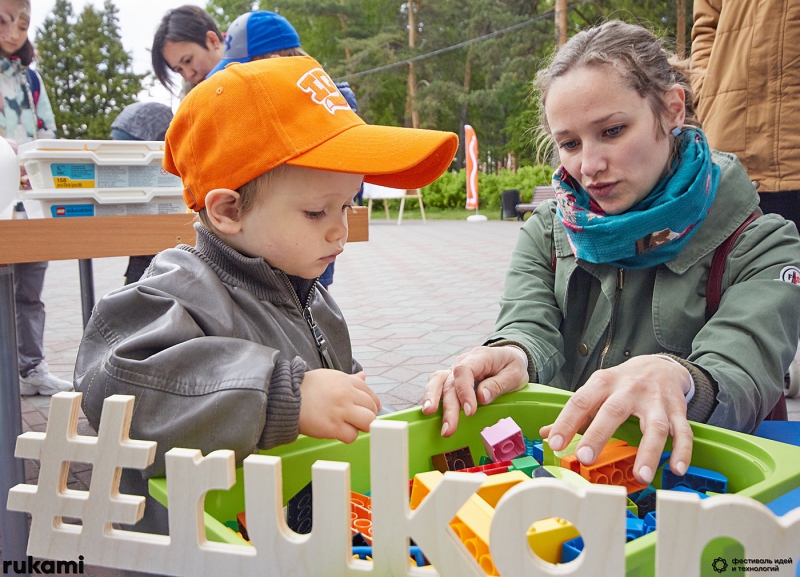
RVC chose events and information campaigns as their main promotions tools. This year marked the fourth time that the festival of ideas and technologies “Rukami” has been organized, expanding to reach a more and more growing audience. Information campaigns also help form the environment conducive to talent development. In order to train heads of resource centers and additional education groups, the Russian Venture Company also holds a special educational course on marketing, financial modeling and relevant legislation.
“There are some important steps in science communication that have to be taken. First of all, you have to find something special that you want to talk about, something innovative, interesting and unique. Second, make good content. It often happens that science journalists in Russia don’t want to adapt the language of their articles to their audience’s needs. At the same time, it is crucial that we operate in the same language our audience wants to hear. That’s why we are willing to work with the Tik-Tok platform and videobloggers,” shares Natalia Smelkova.
Serving as partners of the 2019 Forum of Science Communicators were the Rusnano Fund for Infrastructure and Educational Programs, Russian Science Foundation, the company MEL Science, the publishing house Alpina Non-Fiction, the news portals Laba.Media, Indicator, and XX2 Century, the magazine Science and Life, St. Petersburg Atomic Energy Information Center, and National Training Foundation.
